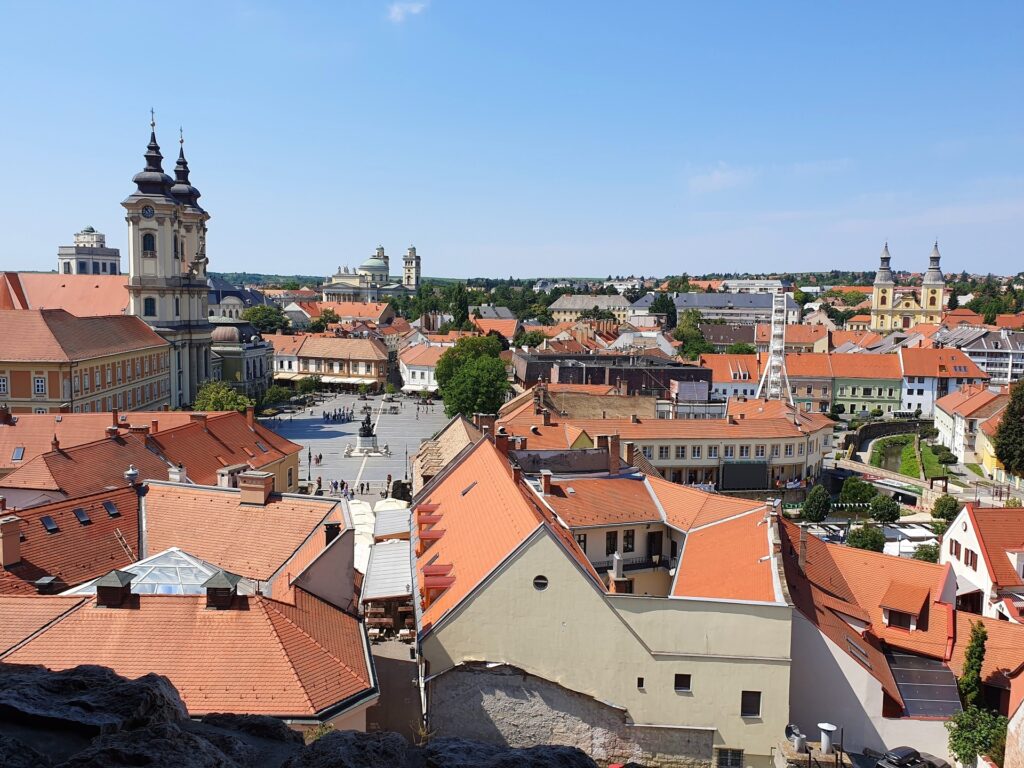Eger (Erlau in German, Agria in Latin) is an important city in northern Hungary, the seat of Heves County, known for his castle built on a hill (which gives his nickname of “the Hungarian Athens”) and for his vineyards. The city has been inhabited since the Stone Age but it was given significance in the 10th century (around year 1000) by St. Stephen (the first Christian king of Hungary), who founded an episcopal see here. Its history is marked by the arrival of Walloon settlers (11th and 12th century), the Mongol invasion of 1241, the Sieges of Eger by the Ottoman Turks (1552 and 1596) and the Habsburg rule. Here are some images.
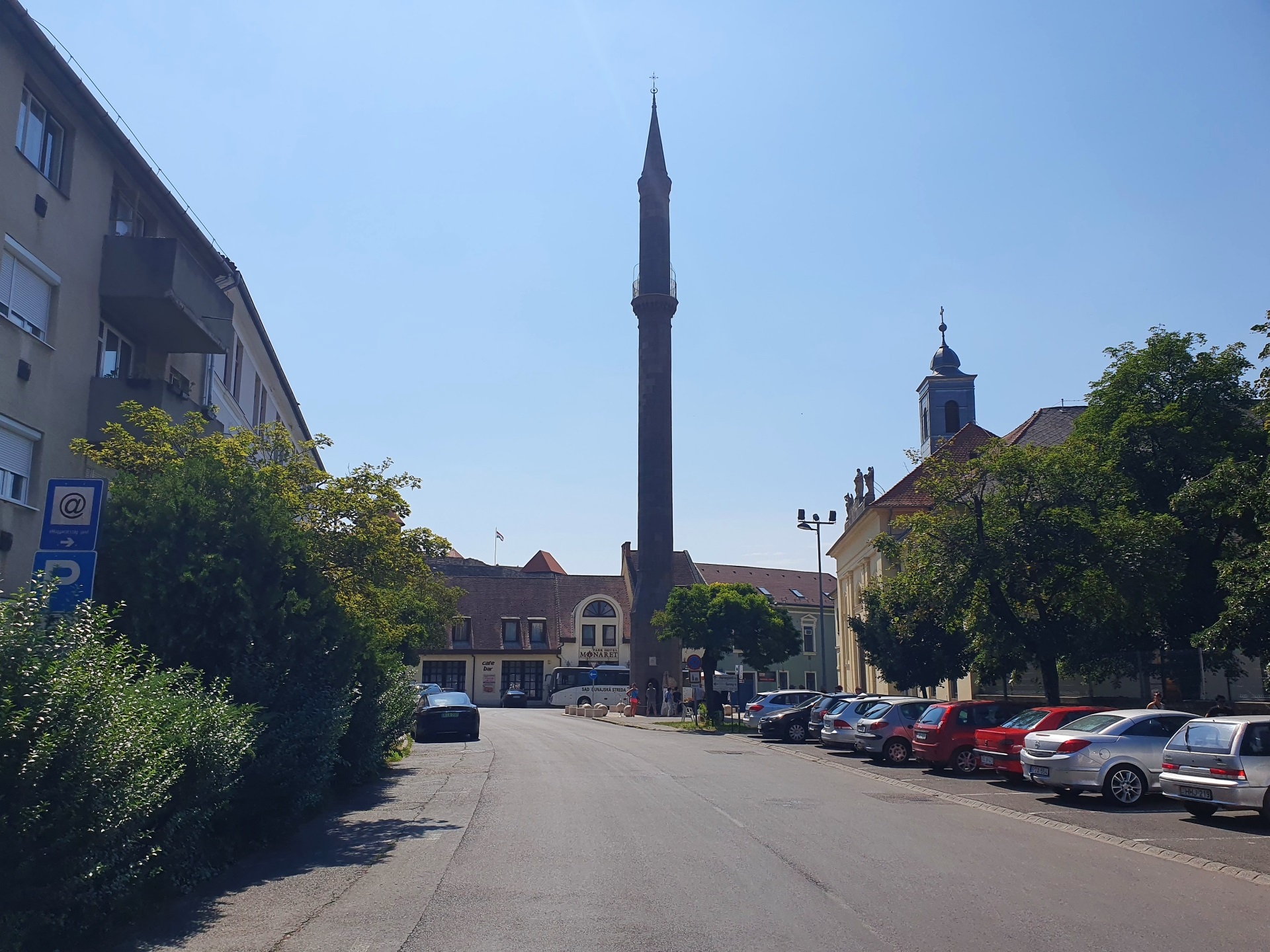
The Eger minaret, built during the Ottoman rule in the early 17th century. It is the highest minaret in Hungary (40 meters) and one of the most northerly Ottoman minarets in Europe. The minaret was built as part of the Djami of Kethuda mosque which no longer exists today. To the right is the Saint Sebastian Church (Egri Szent Sebestyén vértanú templom).

The entrance to the Castle of Eger (Egri Vár).

The general view of the city from the castle.
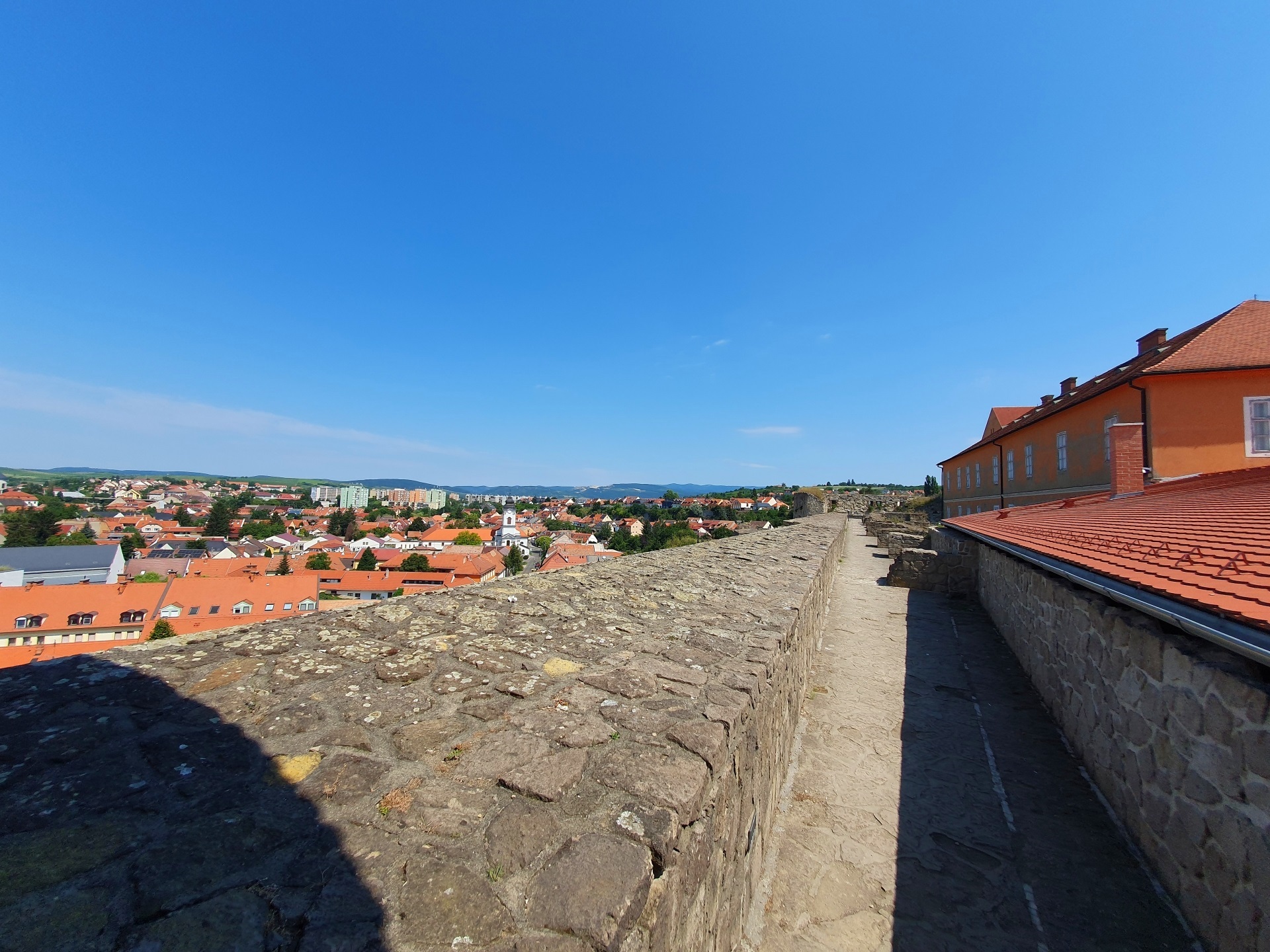
Looking towards the north-west from the Tömlöc bastion (Tömlöc-bástya).
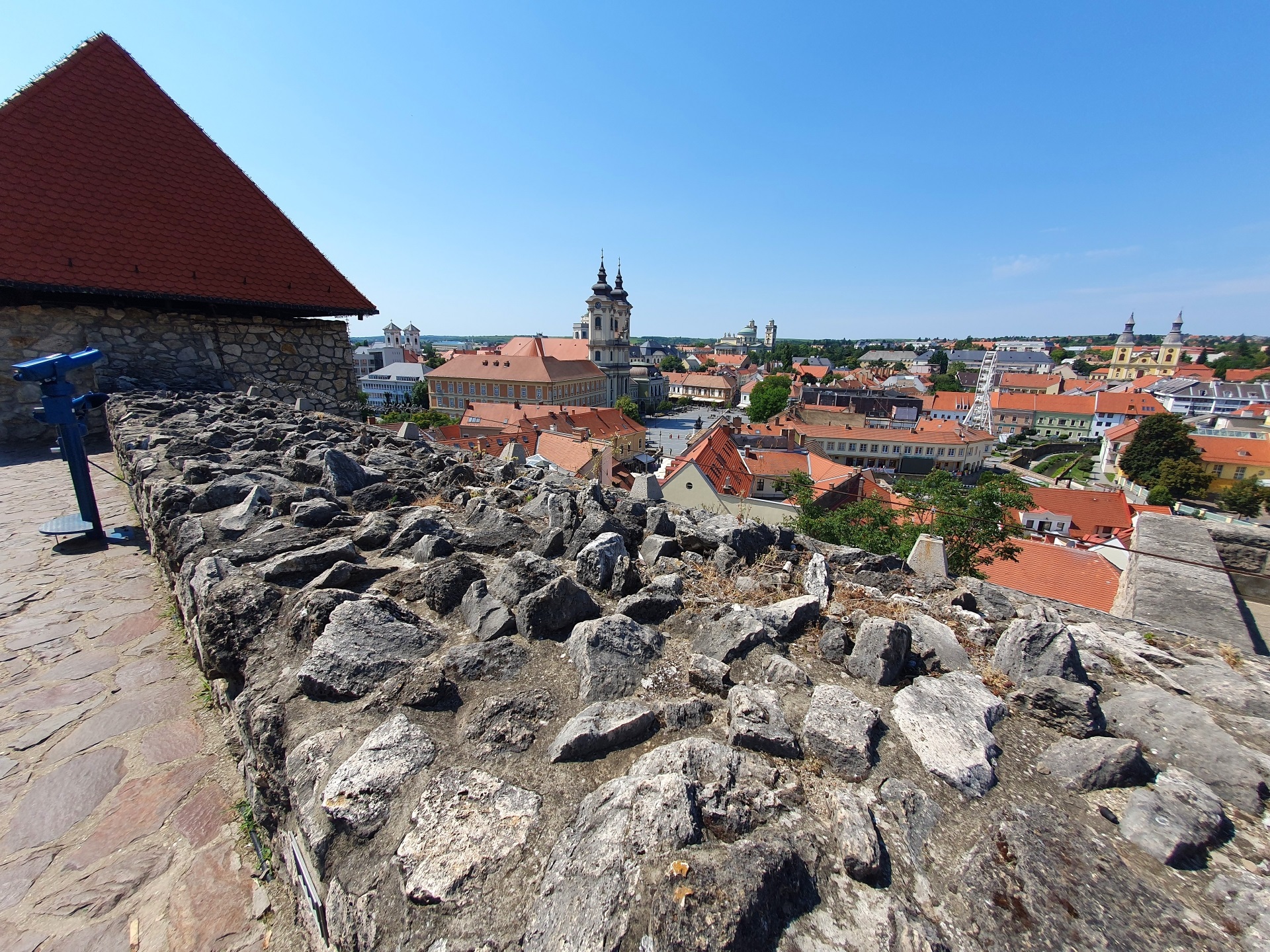
A more detailed view of the city, with (from left to right) the towers of the Egri Barátok Church, the Church of Anthony of Padua, the Cathedral Basilica of St. John (in the background) and St. Bernard’s Cistercian Church.
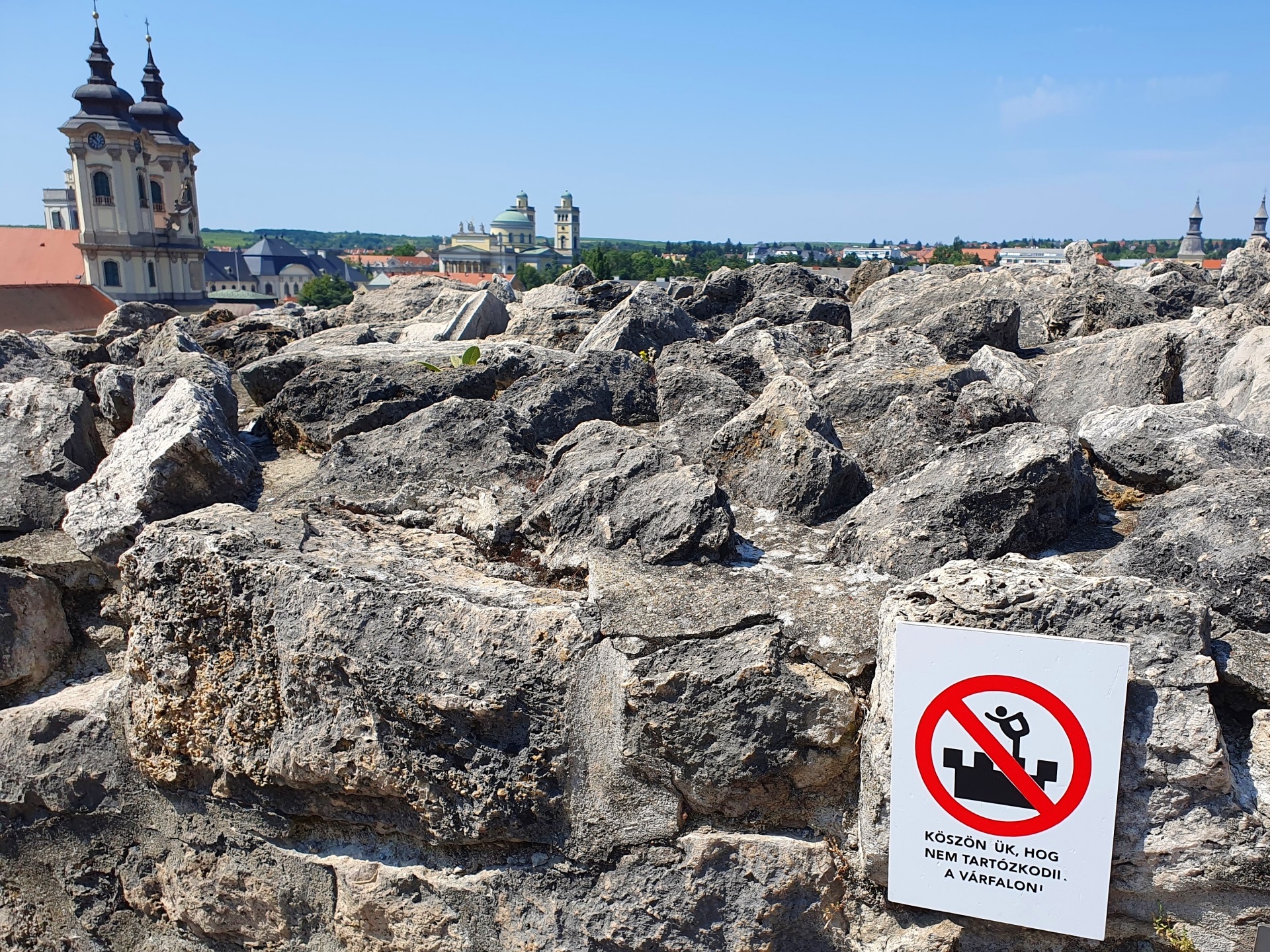
A detail with a funny warning sign…

An atypical view of the city from one of the towers.

Next to Hippolito Gate (Hippolyt-kapu), with the Fair bastion (Szép bástya) in the center and background.
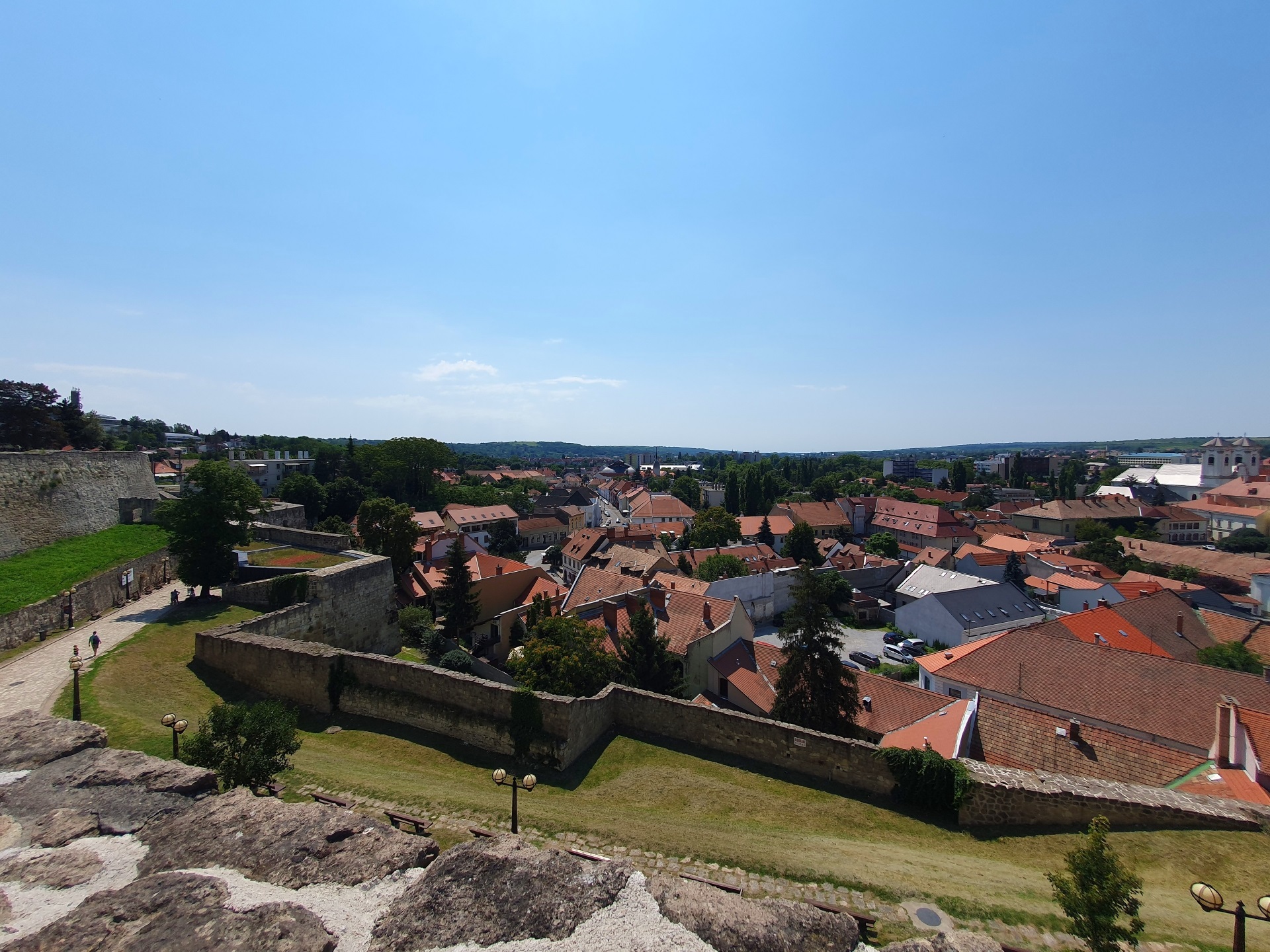
The southern view from Hippolyt-kapu.
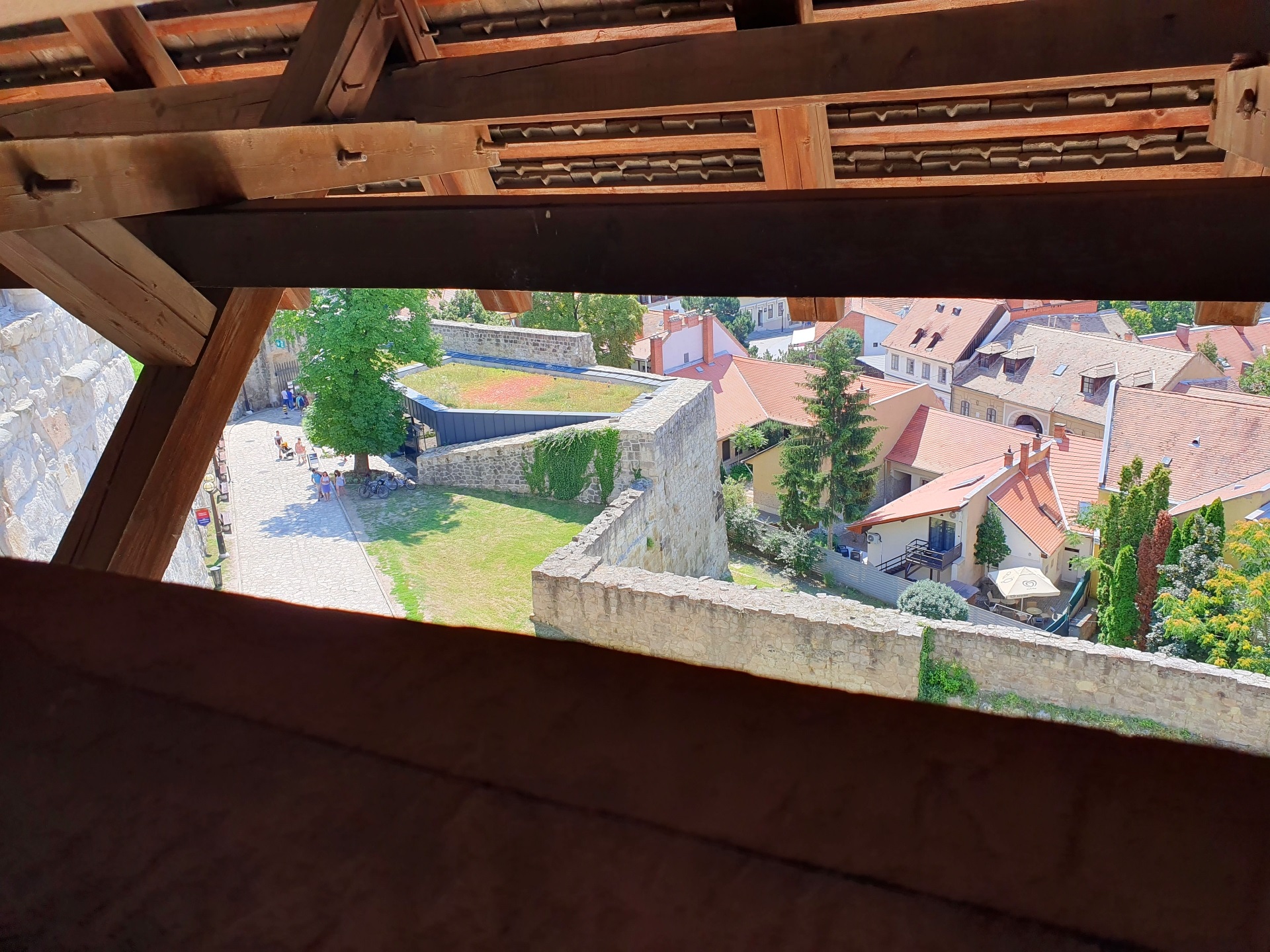
Again, an atypical view, with the main entrance to the castle
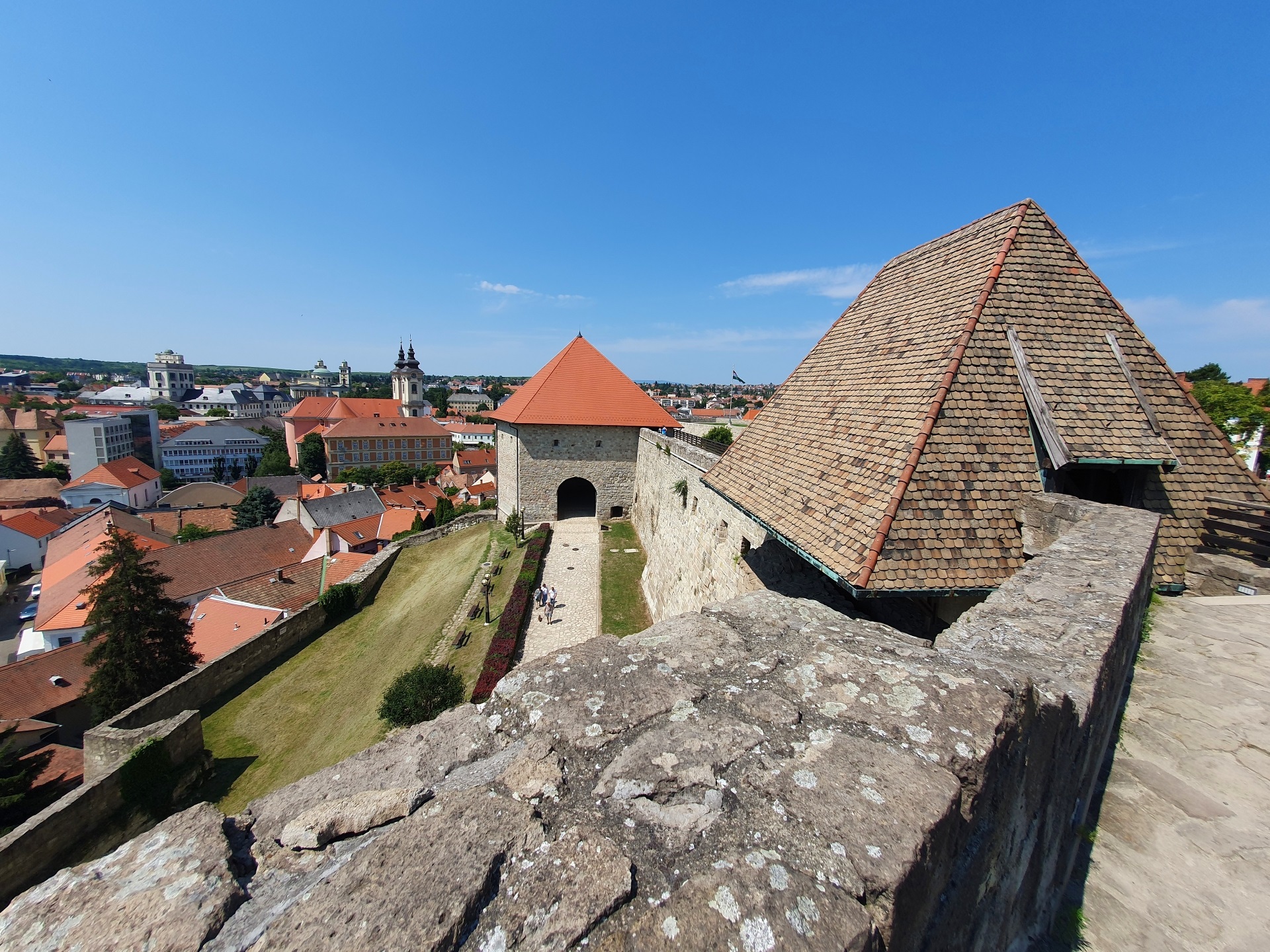
A view from the Gregory’s Bastion (Gergely-bástya).
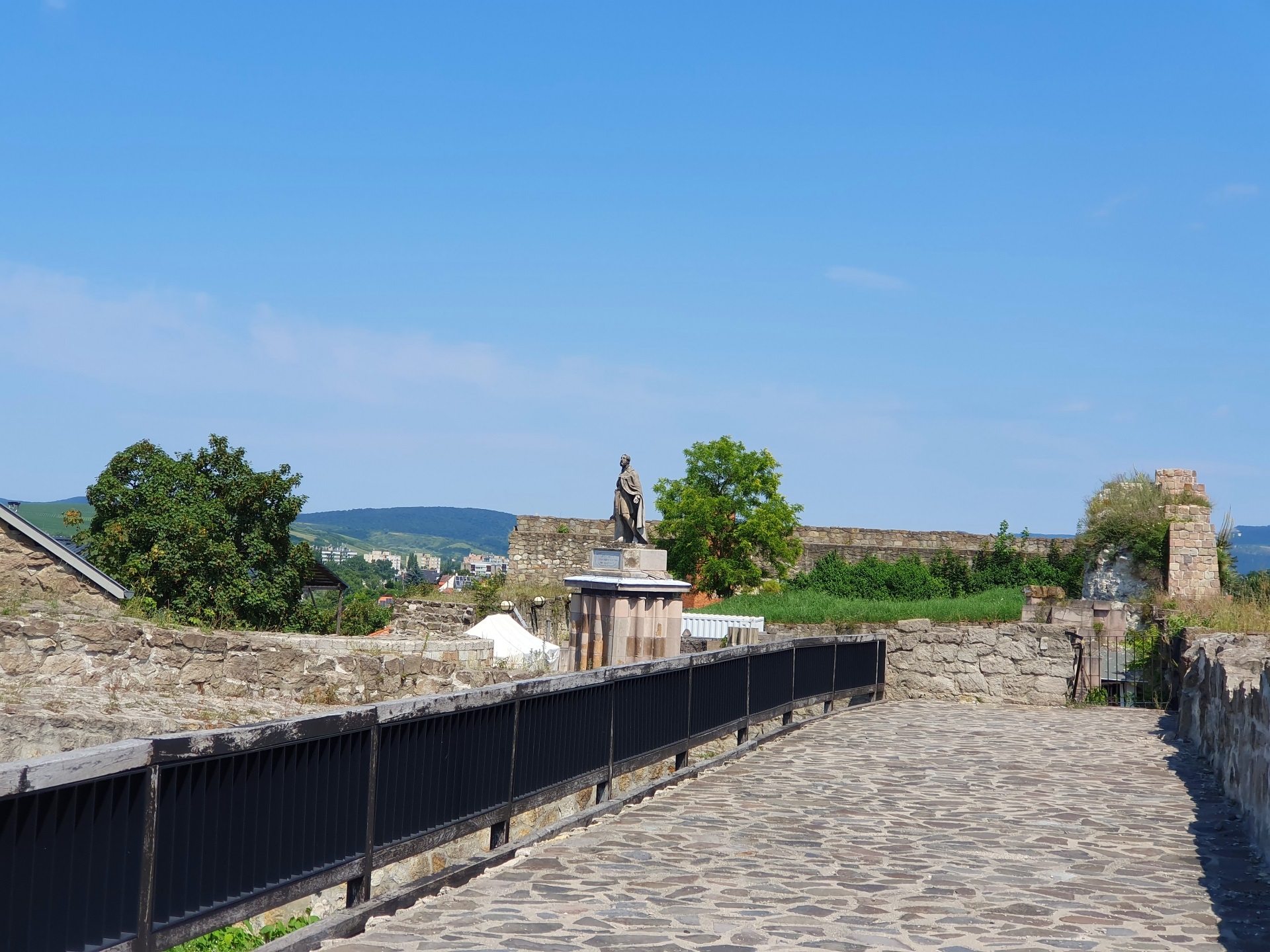
Where the first gothic cathedral used to be – Várszékesegyház Romkert.

The grave of Géza Gárdonyi (Gárdonyi Géza sírja), a Hungarian writer and journalist.
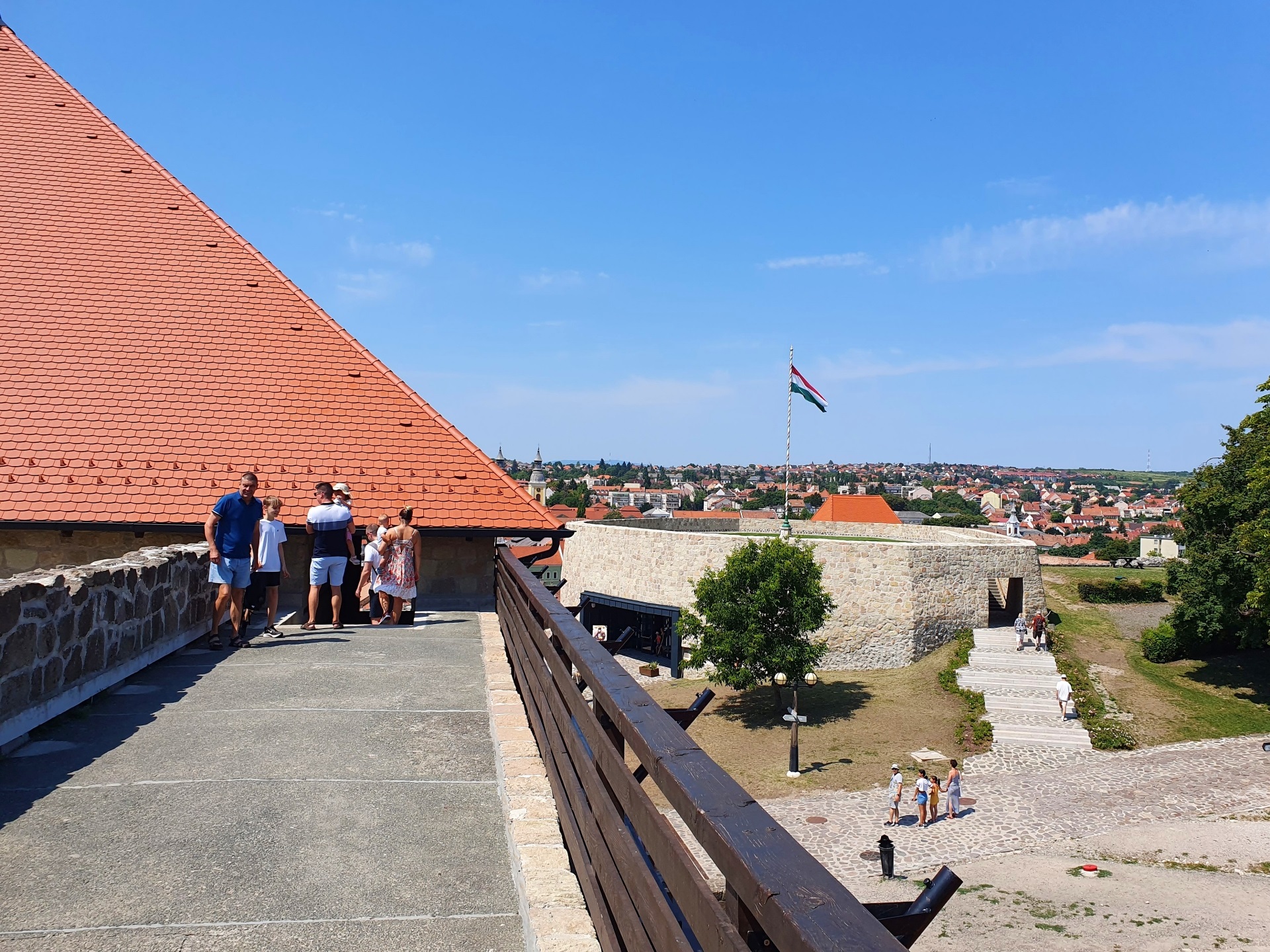
The Flag Hill (Zászlódomb).
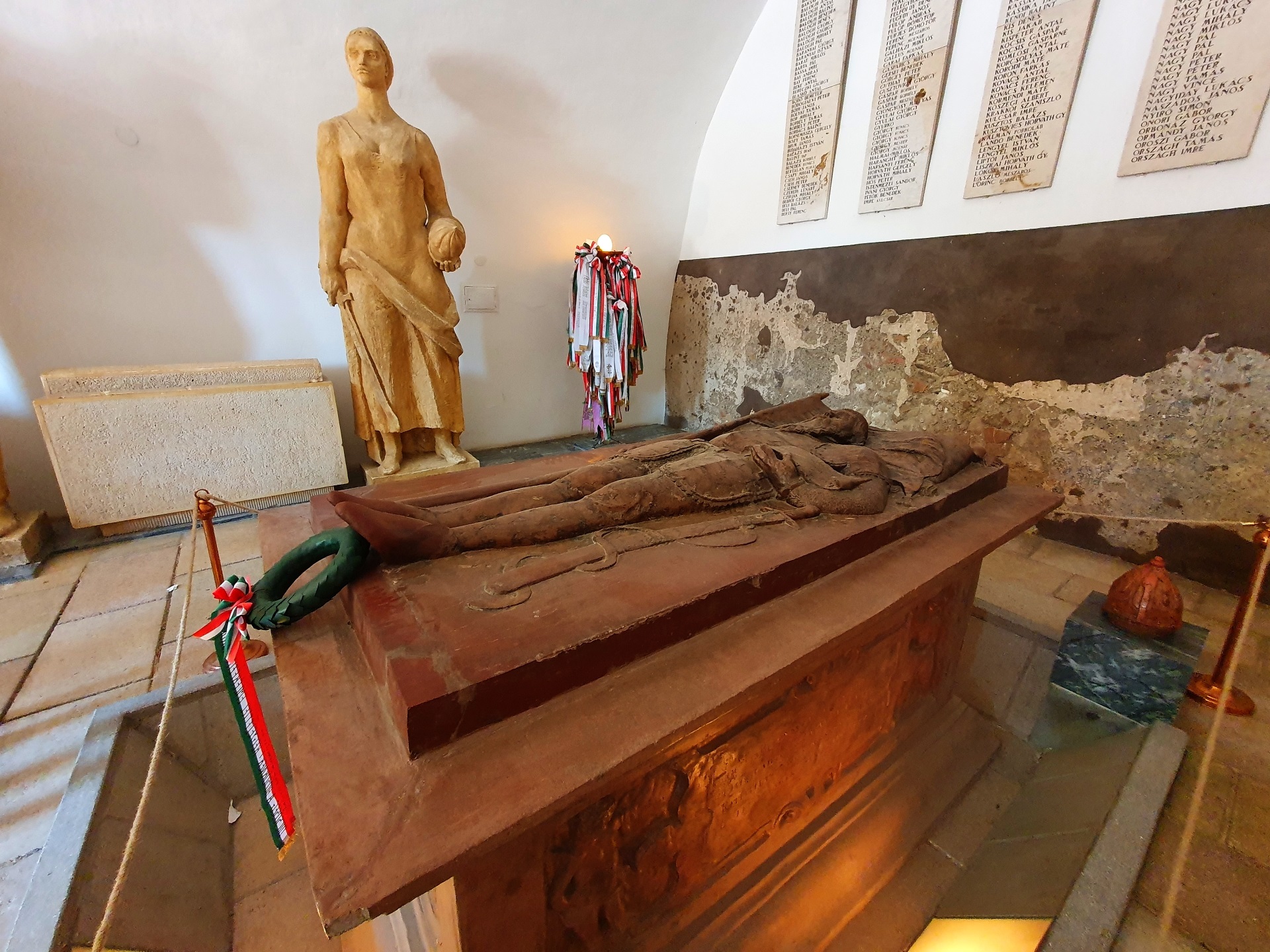
The tomb (or sarcophagus) of the castle captain István Dobó, who defended the castle against the Ottomans in 1552. The remains of the rest of the castle defenders rest in the sarcophagi standing between the main tomb and several gigantic statues. This is inside the Hall of Heroes (Hősök terme).
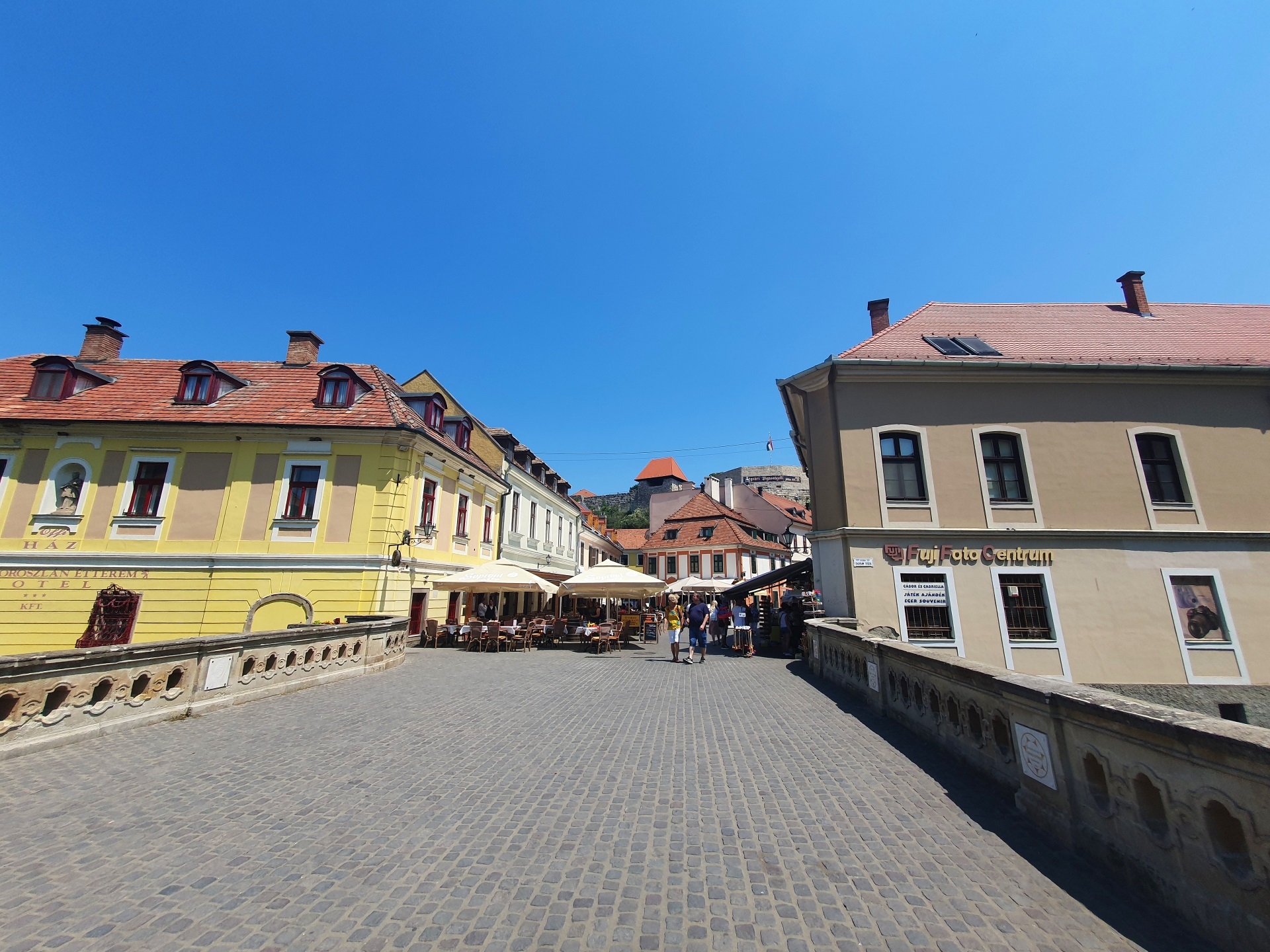
The view towards the castle from the Dobó István Square Bridge (Dobó István téri híd).

The Dobó István Square, with the Church of Anthony of Padua (Egri Páduai Szent Antal-templom or Minorita templom) to the left, the City Hall Eger (Eger Megyei Jogú Város Polgármesteri Hivatala) in the background-left and the Szent Hedvig College in the foreground-left. To the right is the statue of Dobó István (Dobó István szoborcsoport).

A detail of Dobó István szoborcsoport.
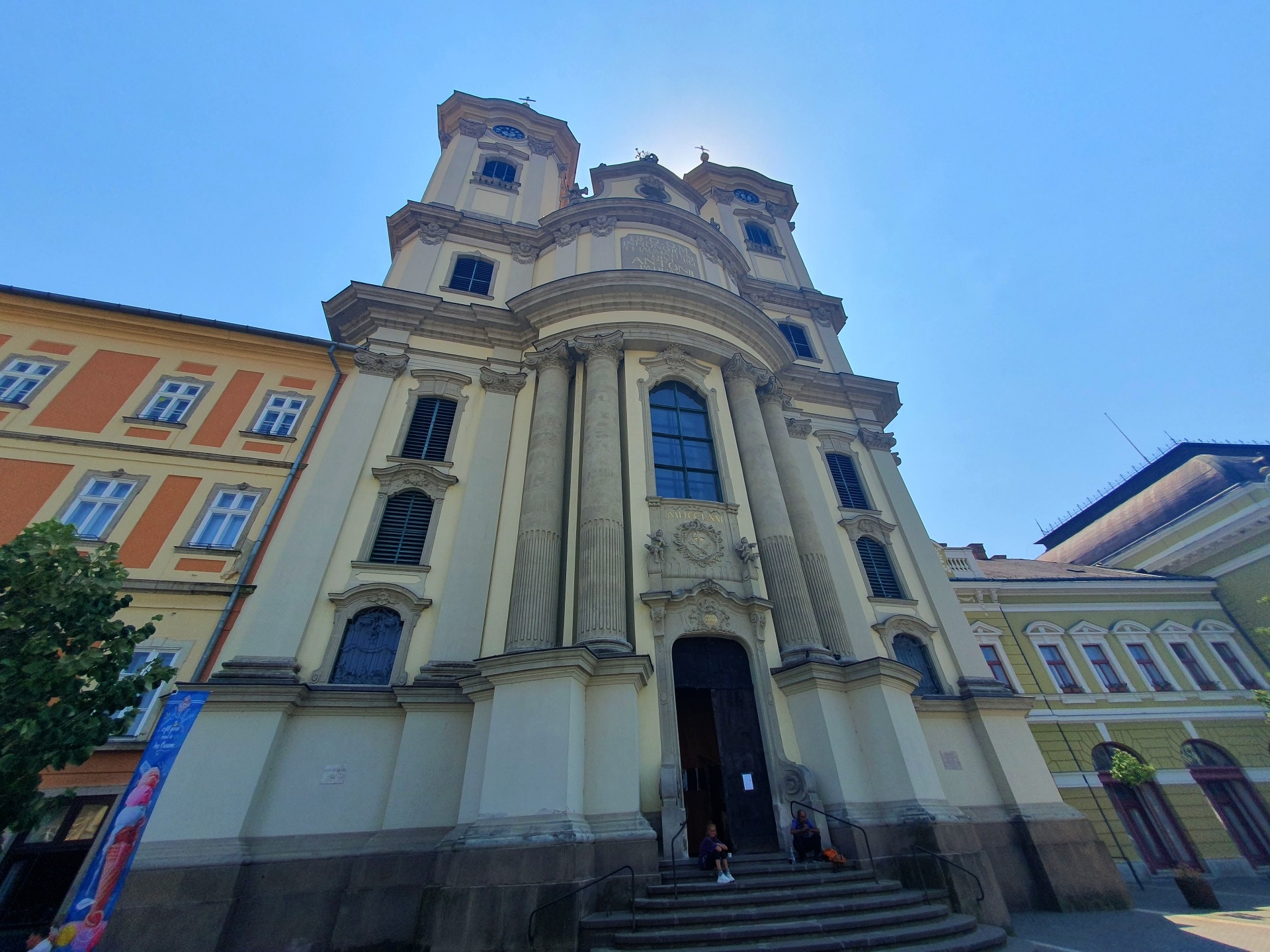
The façade of Egri Páduai Szent Antal-templom (built in 1758).

Inside the same Minorite church.

Another view of the Dobó István Square, with the fortress in the background.
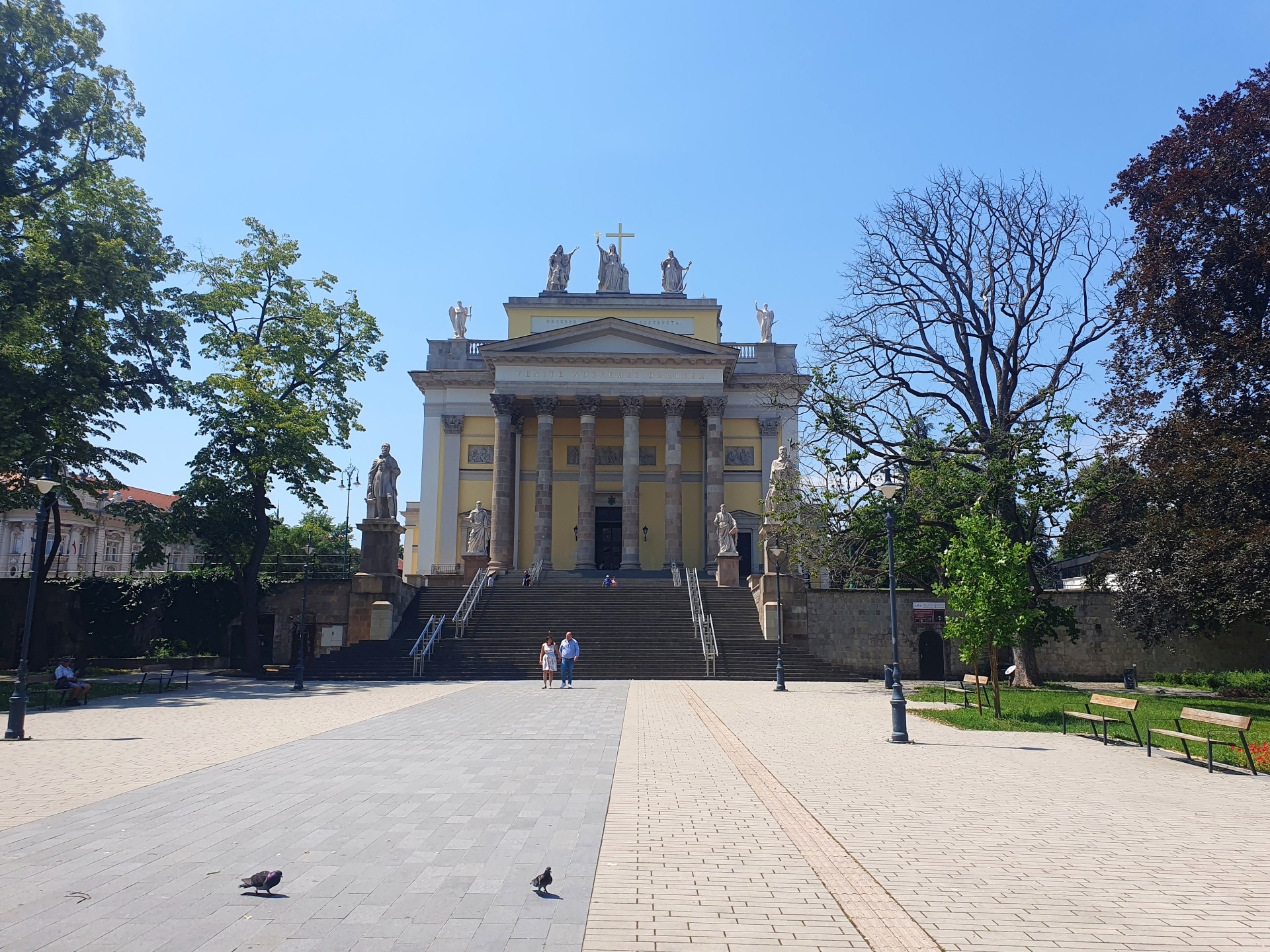
The Cathedral Basilica of St. John the Apostle (Egri Bazilika és főszékesegyház), built in 1831.
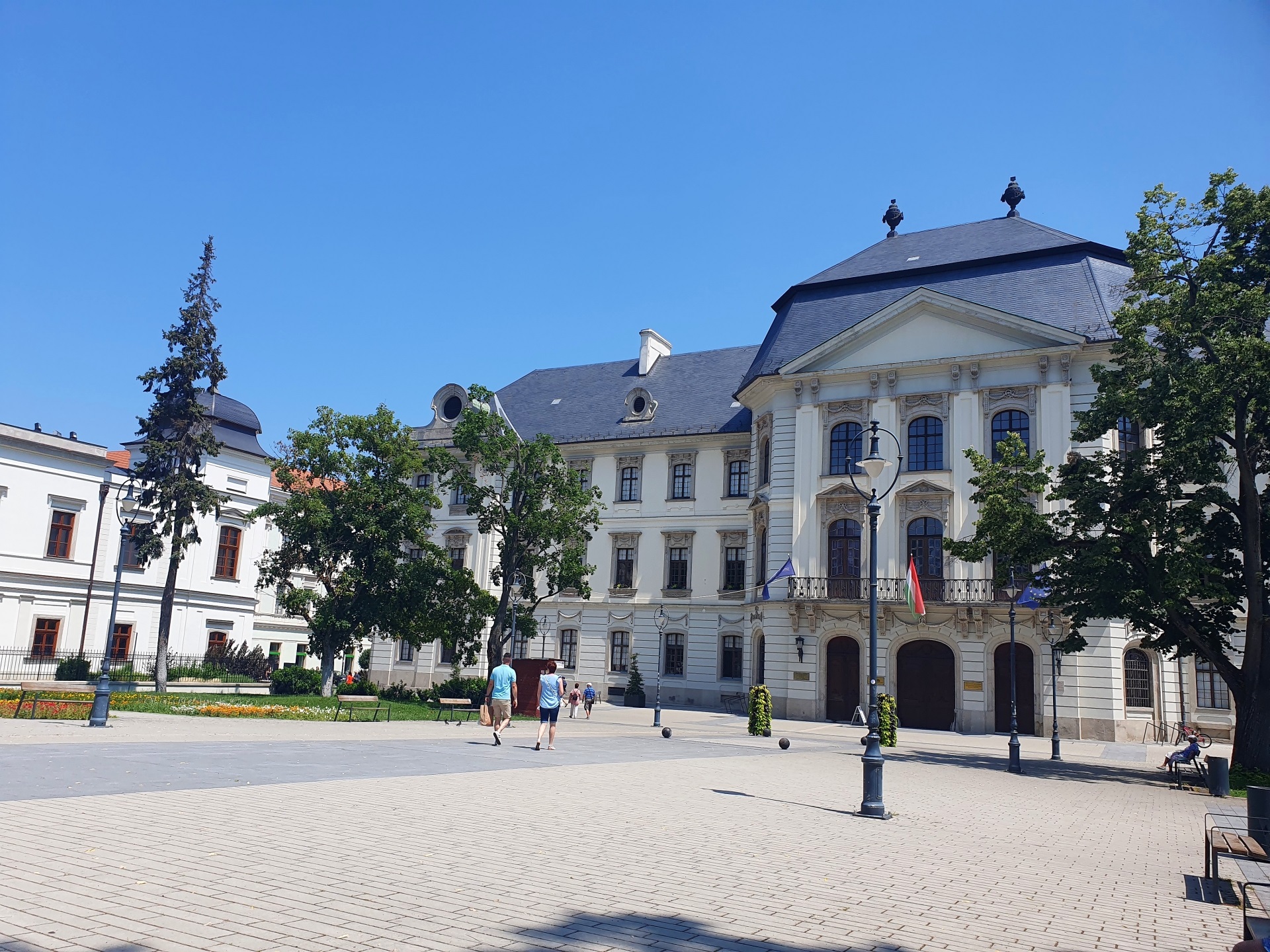
The Eszterházy Károly University Library (Eszterházy Károly Egyetem Tittel Pál Könyvtár), just opposite the cathedral.
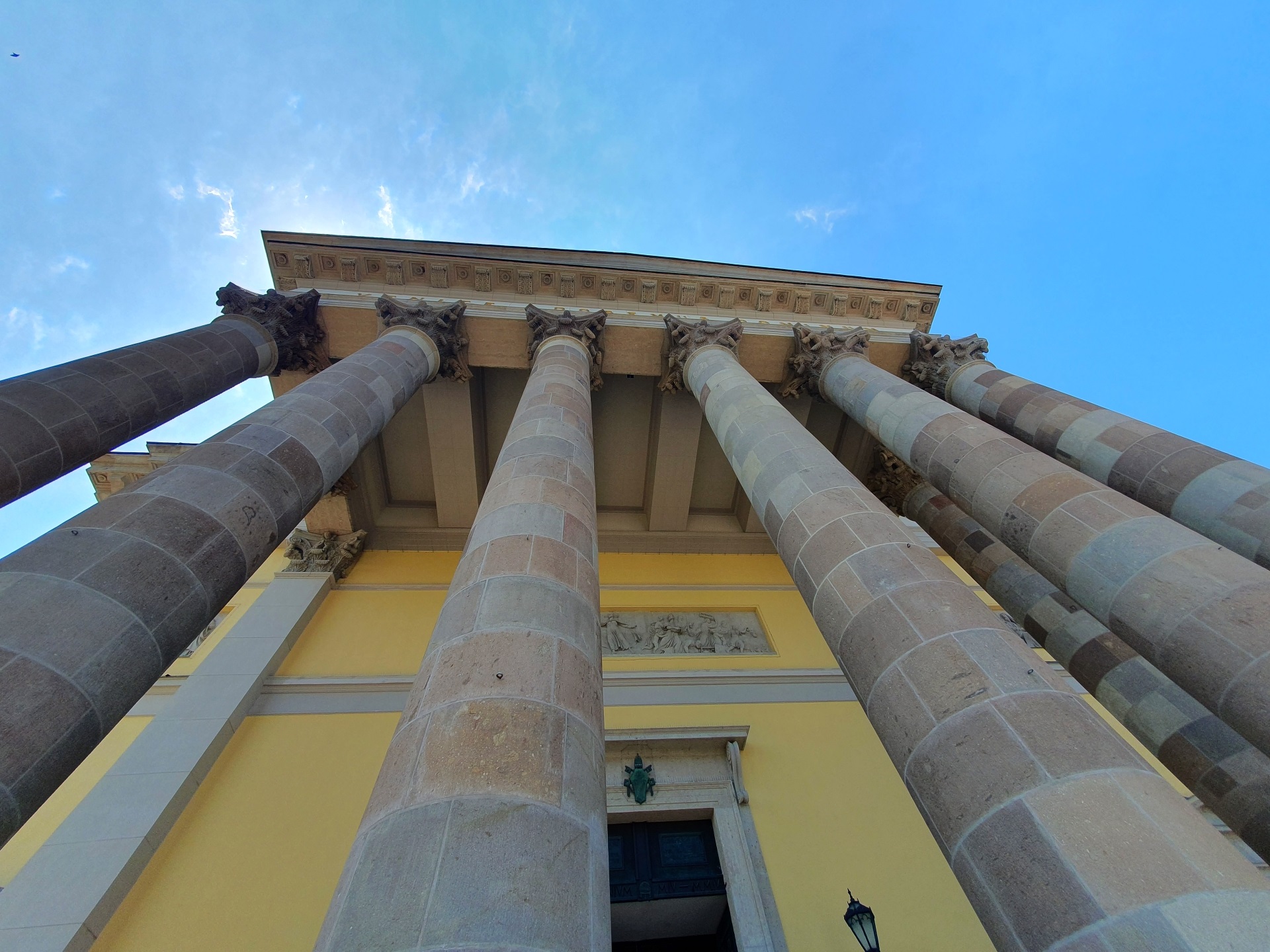
The entrance into the cathedral.
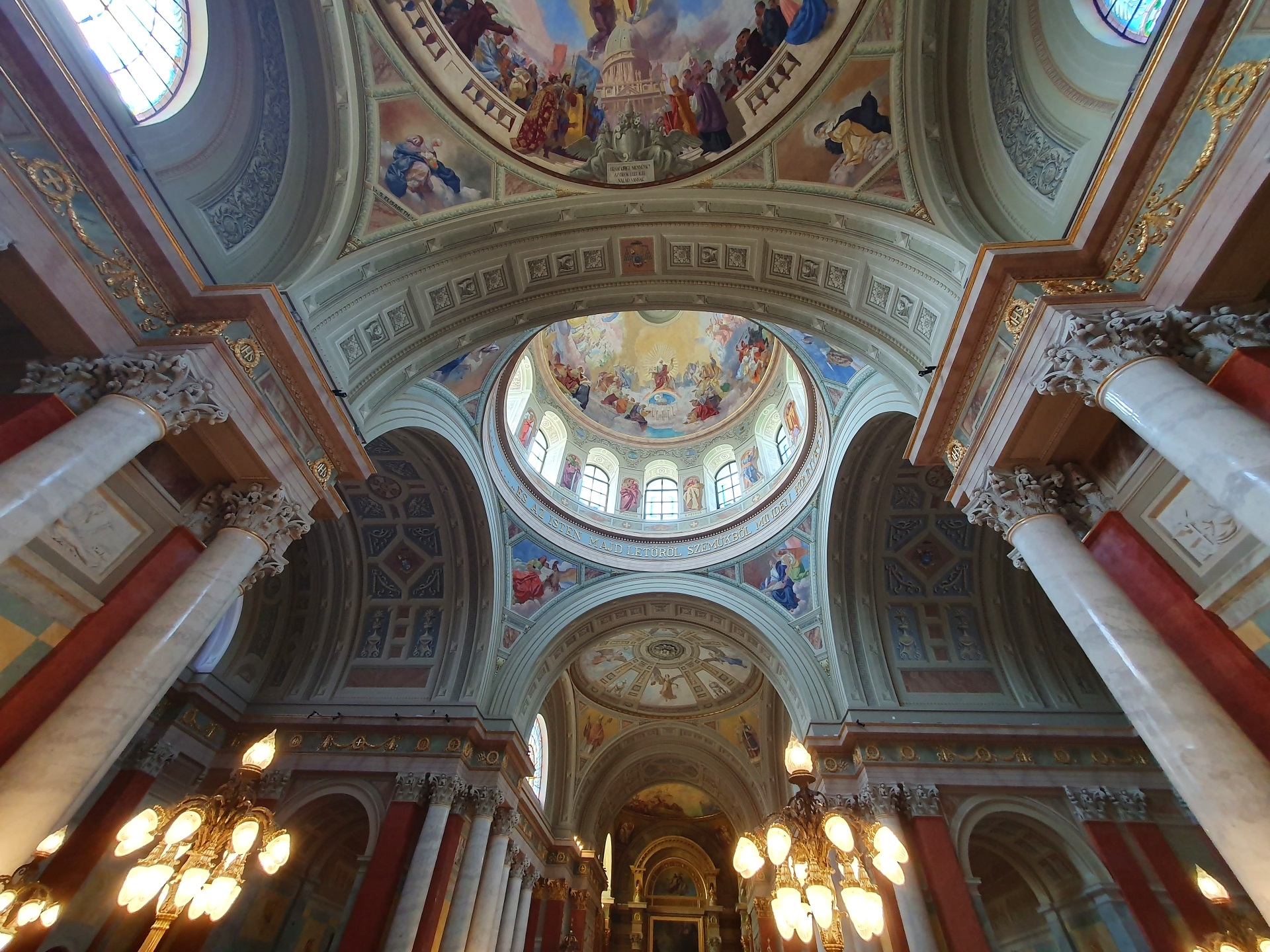
Inside the cathedral.

Upwards.

Towards the exit.

The Immaculate Conception Franciscan Church of Our Lady (Egri Barátok Temploma), built in 1736.
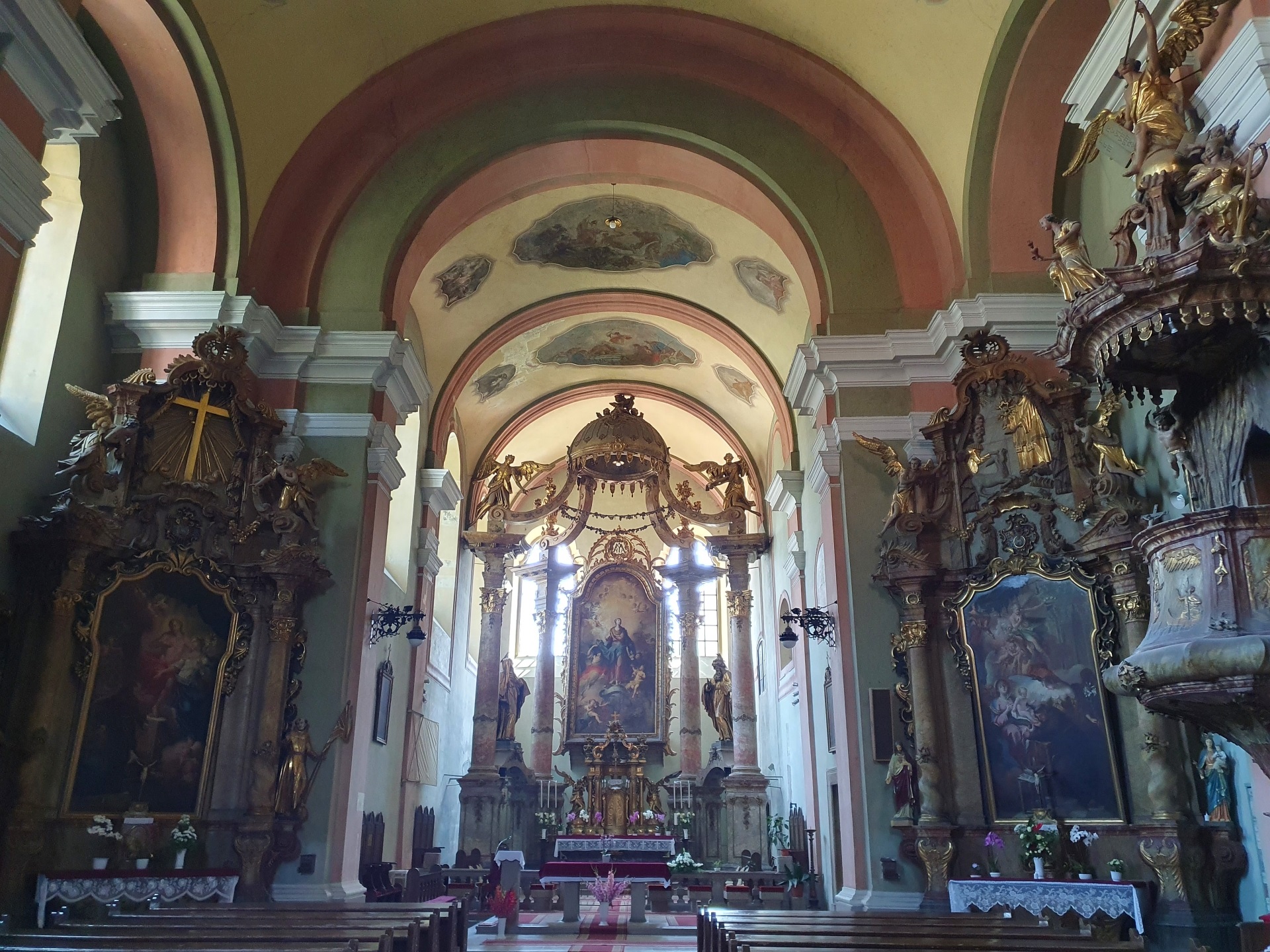
The distinctively rich interior of the church.
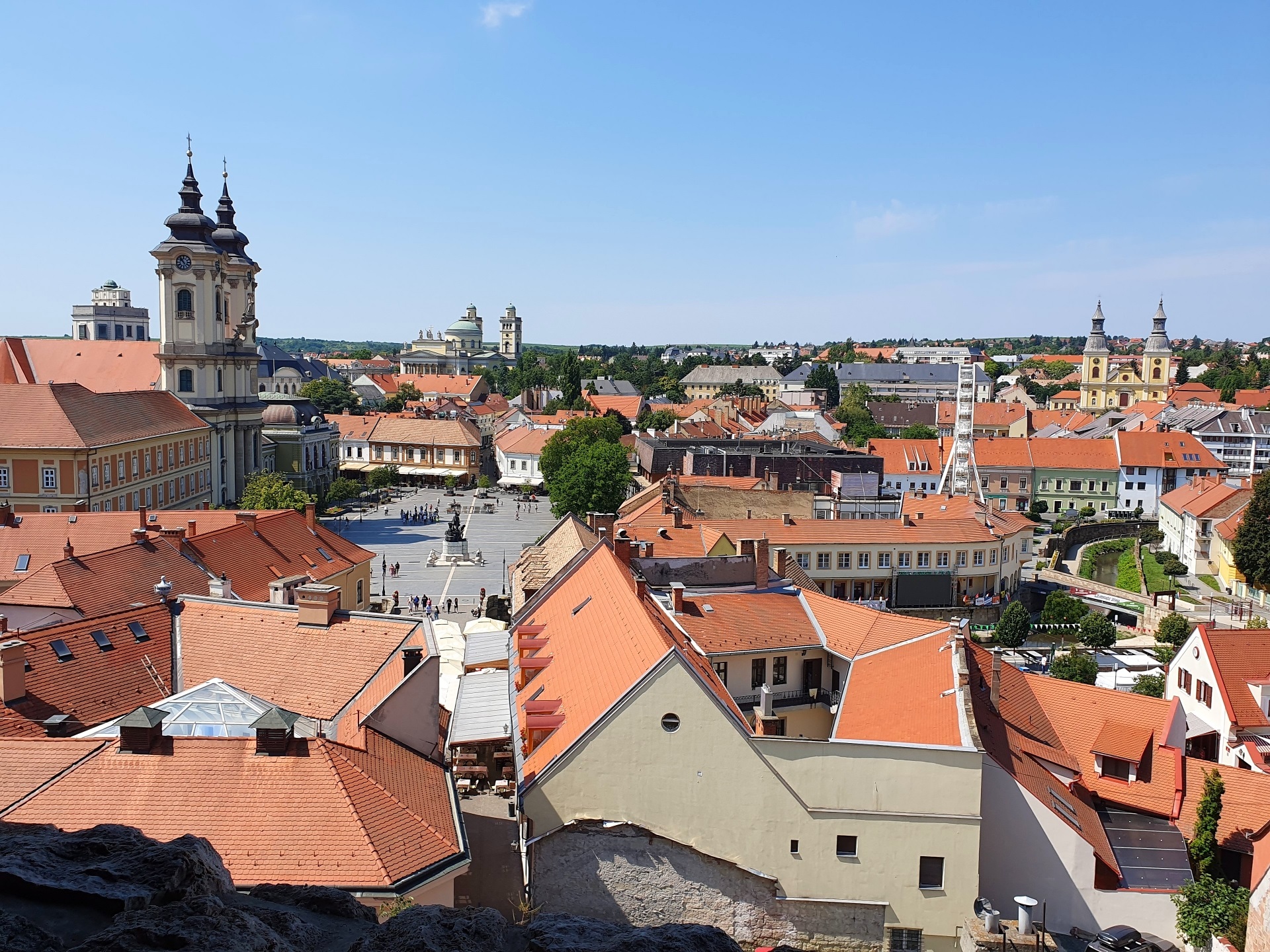
Eger
